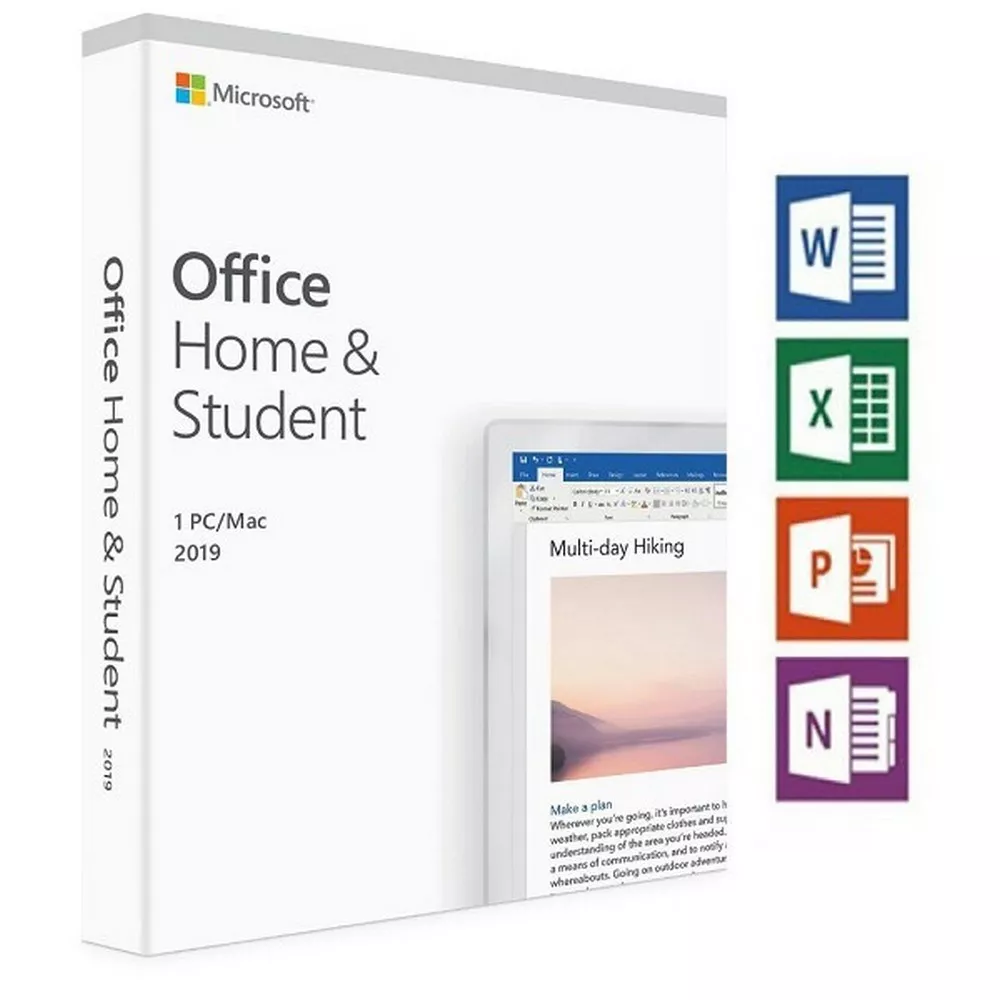As a student, you are likely to be using Microsoft Office on a daily basis. Whether you are using Word to write essays or Powerpoint to create presentations, there are a number of ways to make the most out of Microsoft Office. In this blog post, we will share with you some of our top tips on how to make the most out of Microsoft Office as a student.
Microsoft Office is a suite of software that helps you work on your projects and tasks. You can use it to create and edit documents, to conduct business transactions, and to manage your information. Office is available for free to students who are enrolled in a Microsoft Office-supported school or college.
Get to know the Ribbon
The Ribbon is the toolbar at the top of Microsoft Office applications which contains all of the features and commands. Getting to know where everything is on the Ribbon will save you time when you are trying to find a particular function.
Use the keyboard shortcuts
There are a number of keyboard shortcuts that can be used in Microsoft Office applications which can save you time. For example, the shortcut for creating a new document in Microsoft Word is ‘Ctrl+N’.
Take advantage of the templates
Microsoft Office applications come with a number of templates that can be used for a variety of purposes. For example, there are templates for resumes, cover letters, and PowerPoint presentations. Using a template can save you time as you will not have to start from scratch.
Use the spell checker and grammar checker
Microsoft Office applications have a built-in spell checker and grammar checker which can be very helpful when you are writing essays or other documents.
Save your work regularly
It is important to save your work regularly to avoid losing any unsaved changes. In Microsoft Office applications, you can save your work by pressing ‘Ctrl+S’ on your keyboard.
By following these tips, you can make the most out of Microsoft Office as a student.


